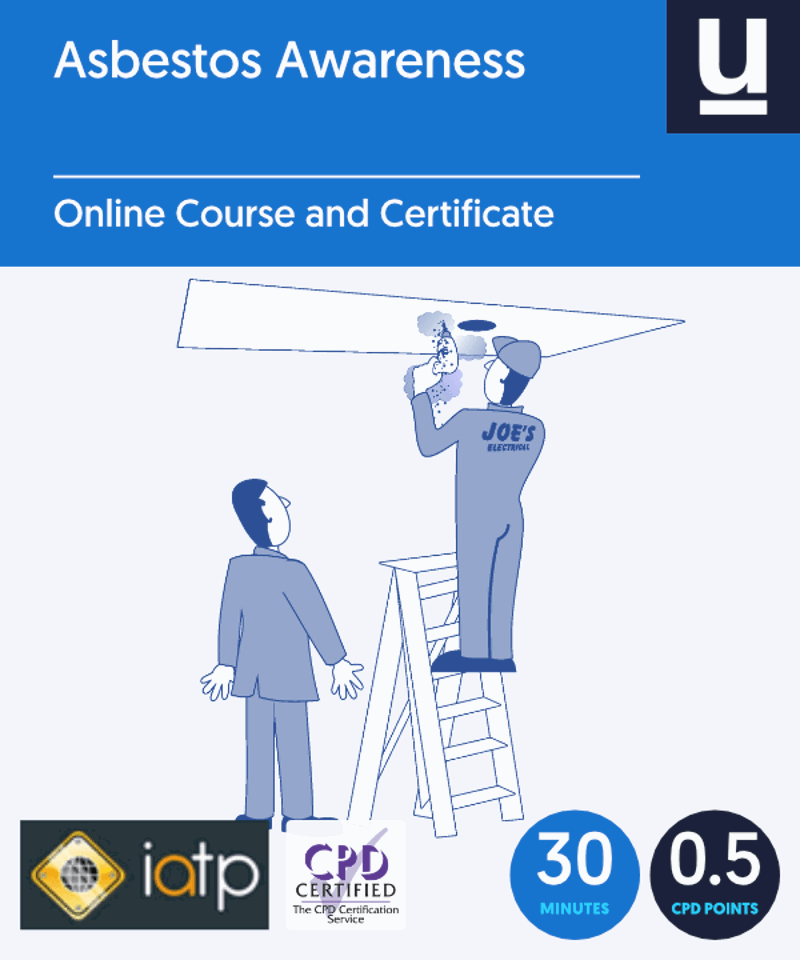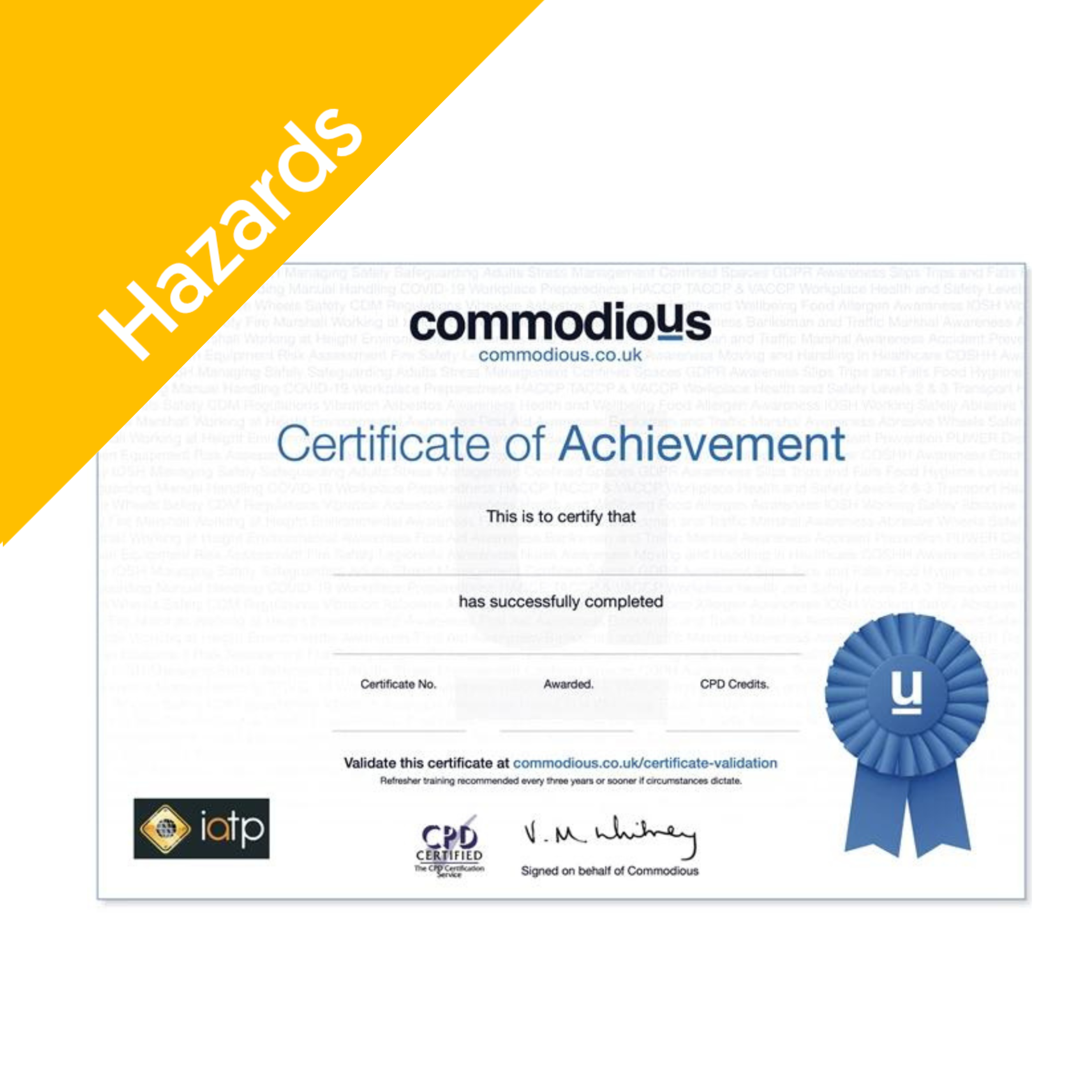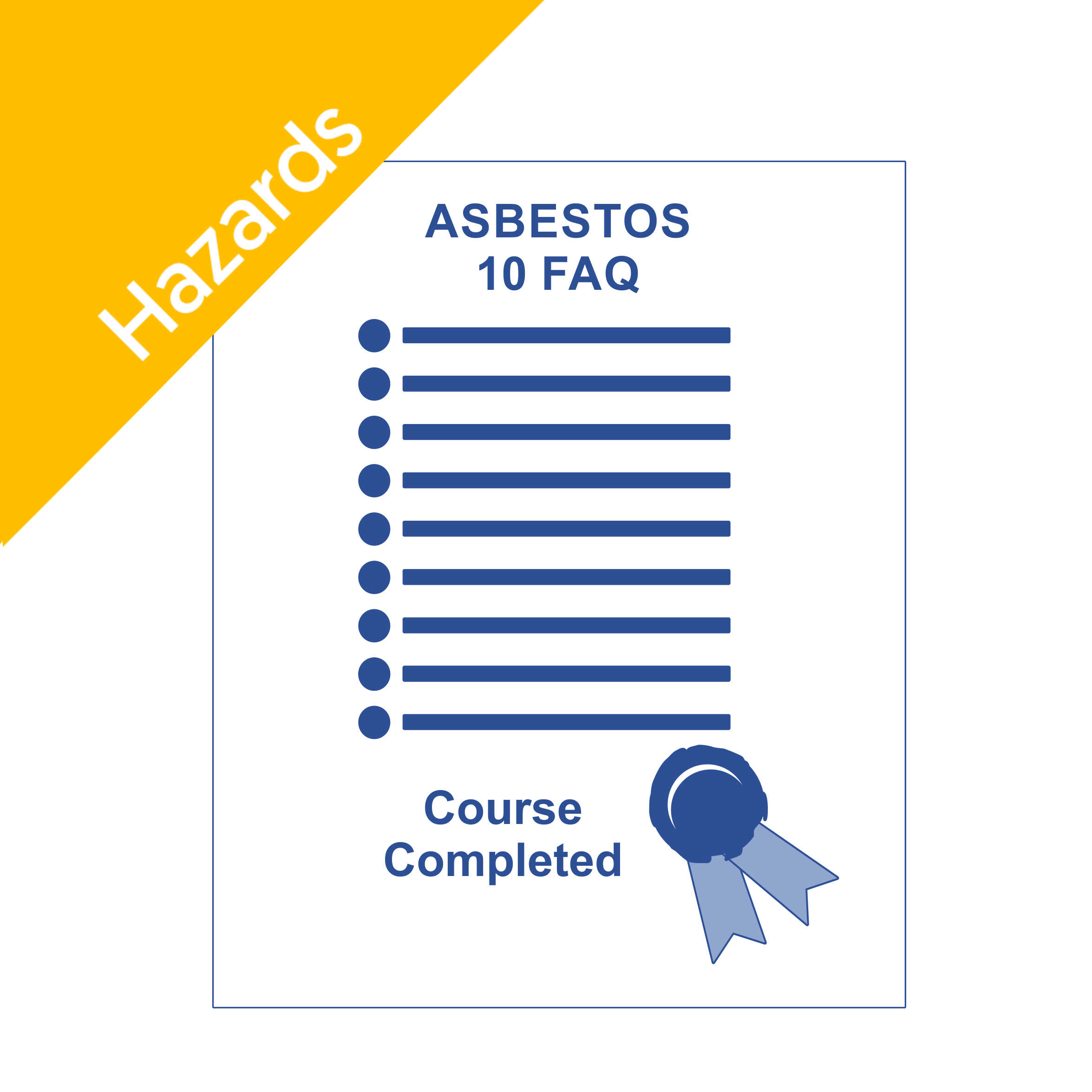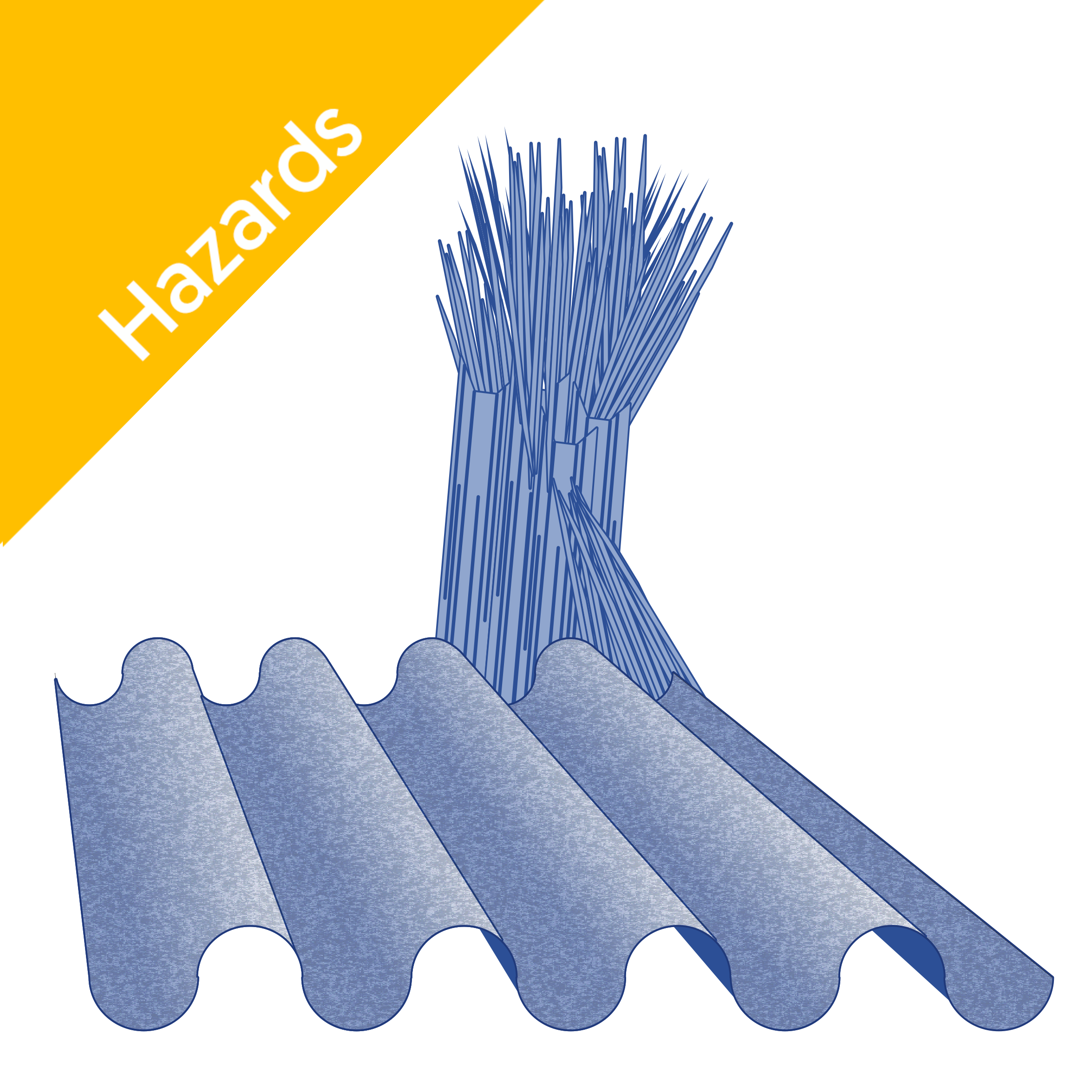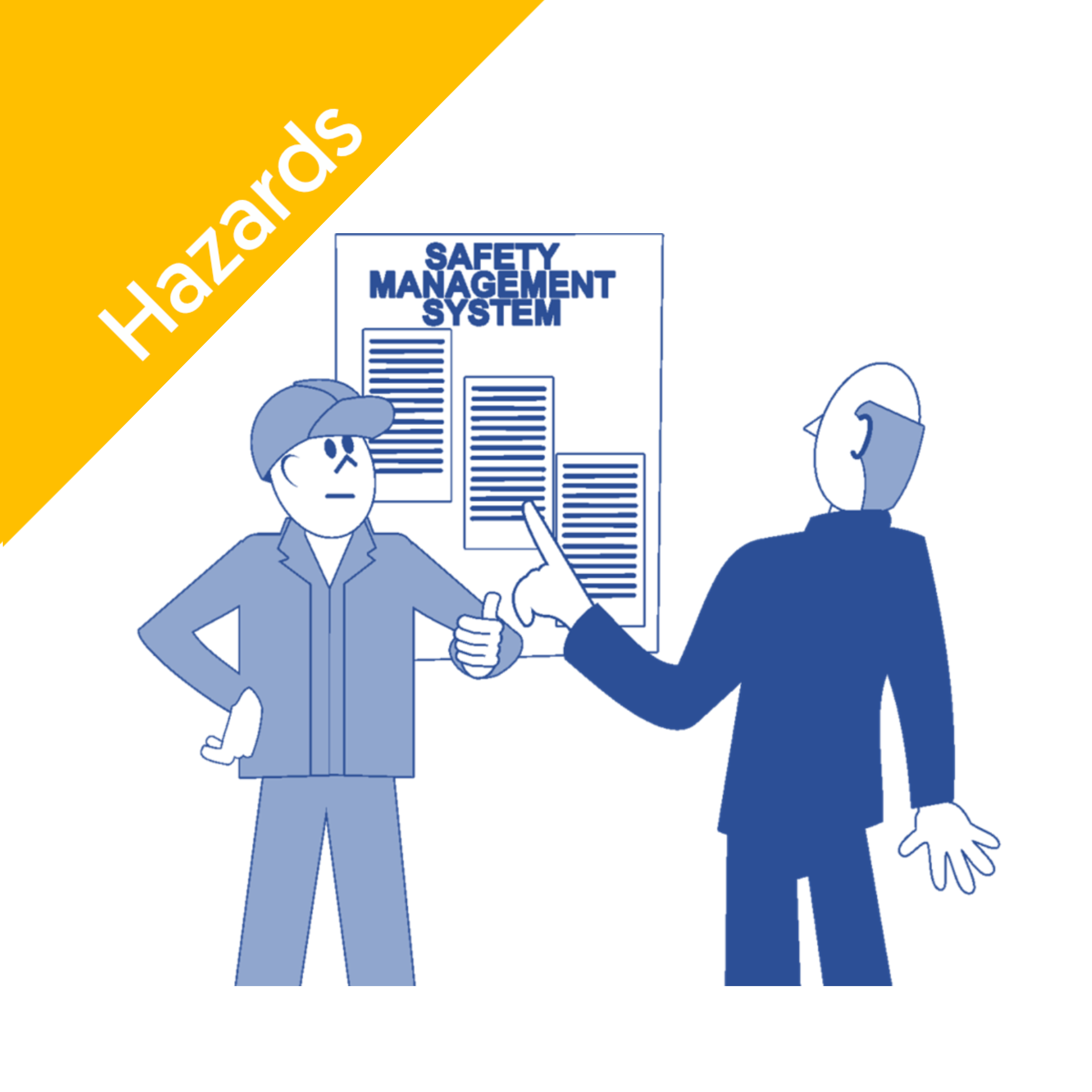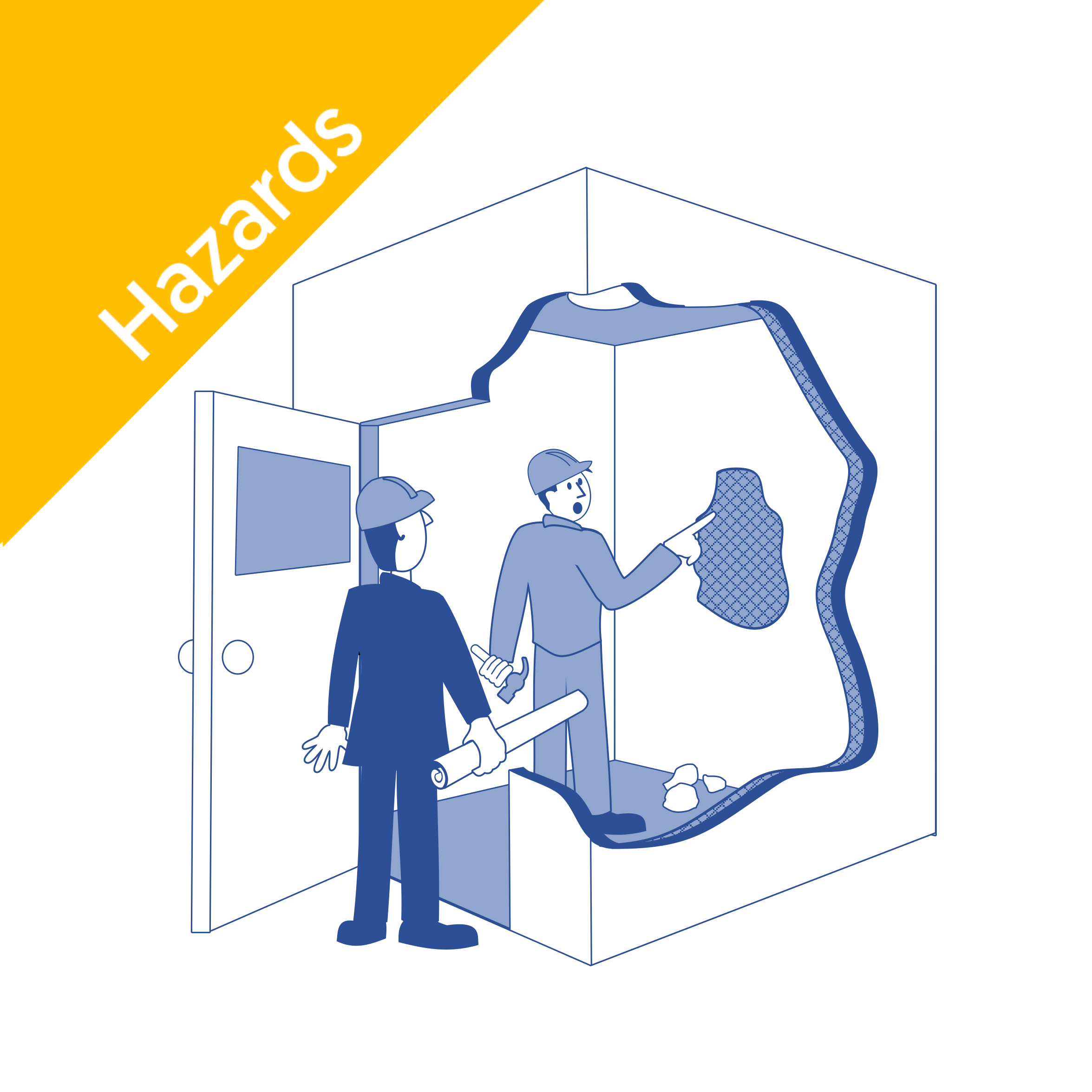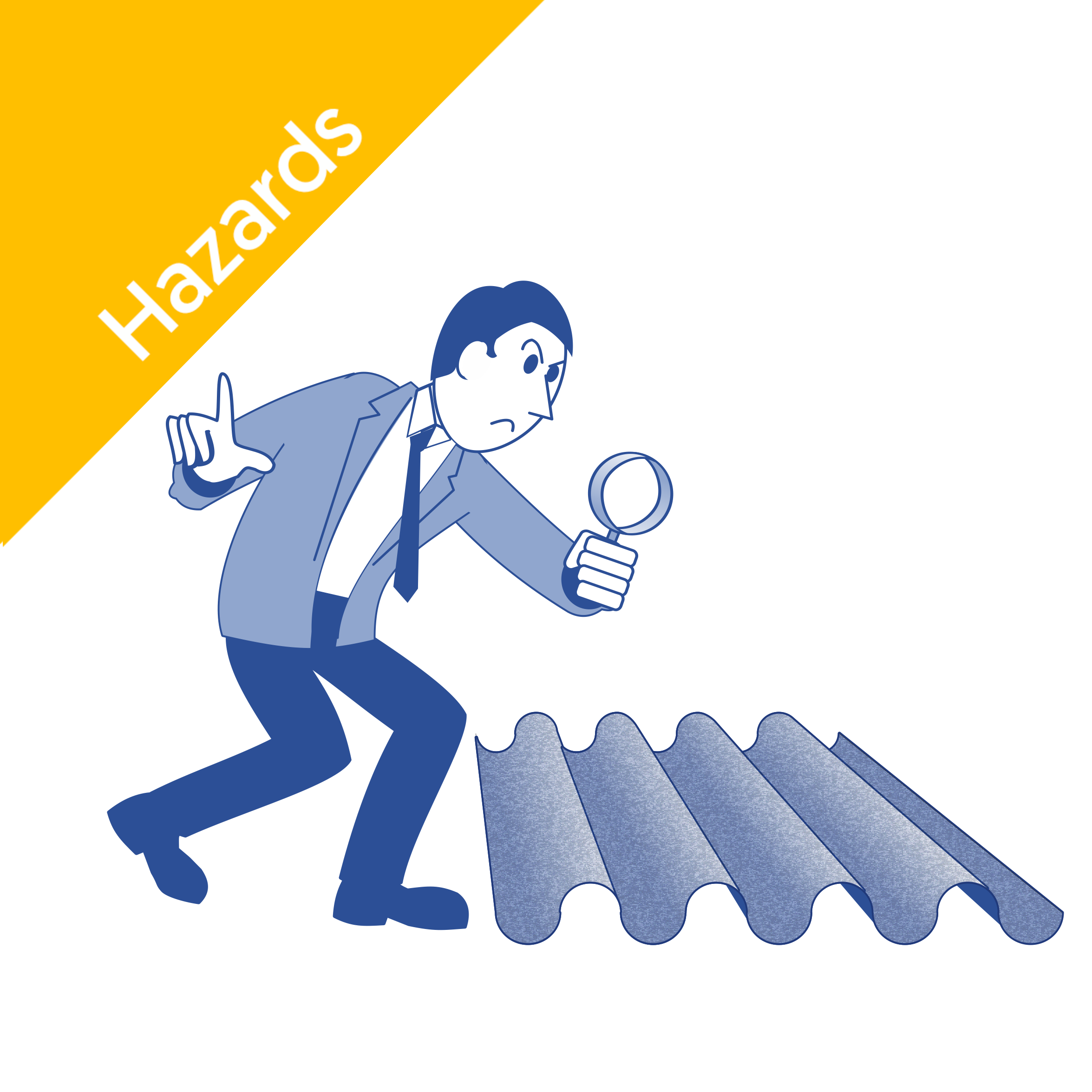Asbestos is a name for naturally occurring fibrous materials widely used in building work during the 1970s and 1980s before their adverse effects became known. While the UK has banned asbestos-containing materials in many countries, including the UK, they might be present in houses built before 2000.
This article explores asbestos removal. You can this information to help you decide what to do if you find it at home.
Can You Remove Asbestos Yourself?
Removing asbestos yourself is not safe. Any attempt to handle asbestos puts you and your household at risk of developing lung cancer and other health problems.
Many people consider removing asbestos themselves to avoid hiring a professional. There are costs involved in an asbestos survey and the removal itself, especially because many types of insurance do not cover testing and other asbestos services.
Removing asbestos may be costly. But exposure can be fatal. Asbestos is responsible for around 5,000 deaths in the UK annually and is still present in many buildings. Materials like insulation boards, flooring, roof tiles, and panelling often contain asbestos. If you think you have found asbestos on your property, avoid touching it and contact a professional.
When Should You Consider Professional Asbestos Removal?
Asbestos poses the most risk when disturbed because tiny fibres are released into the surrounding area and can be inhaled. If you think asbestos in your house has been disturbed, do not attempt removal with a vacuum cleaner, as it can spread the fibres and increase the risk of inhaling asbestos dust.
Instead, block off the area and contact an Asbestos Abatement Contractor. The contractor will ensure safe asbestos removal and disposal without releasing particles into the air. Contact your local authority and seek advice from an environmental health officer. If asbestos removal is not practical or necessary, a professional may advise that any ACMs remain in place but be made safe. They might recommend a process called sealing, also known as encapsulation.
If you suspect your house might contain asbestos, but are unsure, check out our article titled 'Asbestos: How To Identify, Test and Remove It', which will give you more in-depth advice on what to do.
Can You Remove Any Asbestos Yourself?
No. Even though different types of asbestos minerals do not have the same level of toxicity, they are all health hazards that only a professional should tackle. These types are:
- Chrysotile – Chrysotile asbestos, or white asbestos, is the most common type and was banned in 1999. Roofing shingles, fire blankets, and vinyl tiles commonly contain this material in their construction and insulation materials.
- Amosite – A brown asbestos banned in 1985, it was widely used for fire protection, insulation, and roofing due to its strength and heat resistance. But it is the most harmful type of asbestos and can lead to lung cancer.
- Crocidolite – This mineral, known as blue asbestos, was banned in 1985. It has thin fibres, making it the most dangerous type of asbestos and the cause of many deaths. It is typically found in cement sheets, insulation materials, ceiling tiles and fireproofing.
- Tremolite – This mineral can be found as a contaminant in chrysotile asbestos. While pure tremolite is white, it might also be dark green or grey. Tremolite was used in insulation, roofing, and products such as paints or sealants.
- Actinolite – It is dark in colour and used in paints, sealants, and drywall.
- Anthophyllite – While it is the least common type of asbestos, it can be found in roofing, cement, and insulation. It can be identified by its grey-brown colour.
Some mineral resources might contain trace amounts of asbestos. While most products of these minerals are harmless, it does not mean they cannot be contaminated.
Other minerals that might have asbestos are:
- Talc – This is a clay mineral commonly used in products such as chalk, crayons, rubber, cosmetics, and baby powder.
- Vermiculite – This is a material that resembles popcorn, and it is mainly used for insulation and packaging.
All types of asbestos can cause devastating diseases like lung cancer and should only be tackled by a professional. Read our article titled 'Top 9 questions on asbestos, answered' to learn more about the consequences of exposure to asbestos fibres.
Does Home Insurance Cover the Cost of Asbestos Removal?
Insurance coverage for asbestos removal depends on the policy details, but in most cases, insurance companies won't cover asbestos removal, testing or surveying. Asbestos removal is usually the responsibility of the homeowner. Some policies may include an exception for damaged asbestos that becomes a health threat. Check your home insurance policy or ask your provider for more information.
Consider taking our Asbestos Awareness course for a better understanding of asbestos and the risk it carries:

